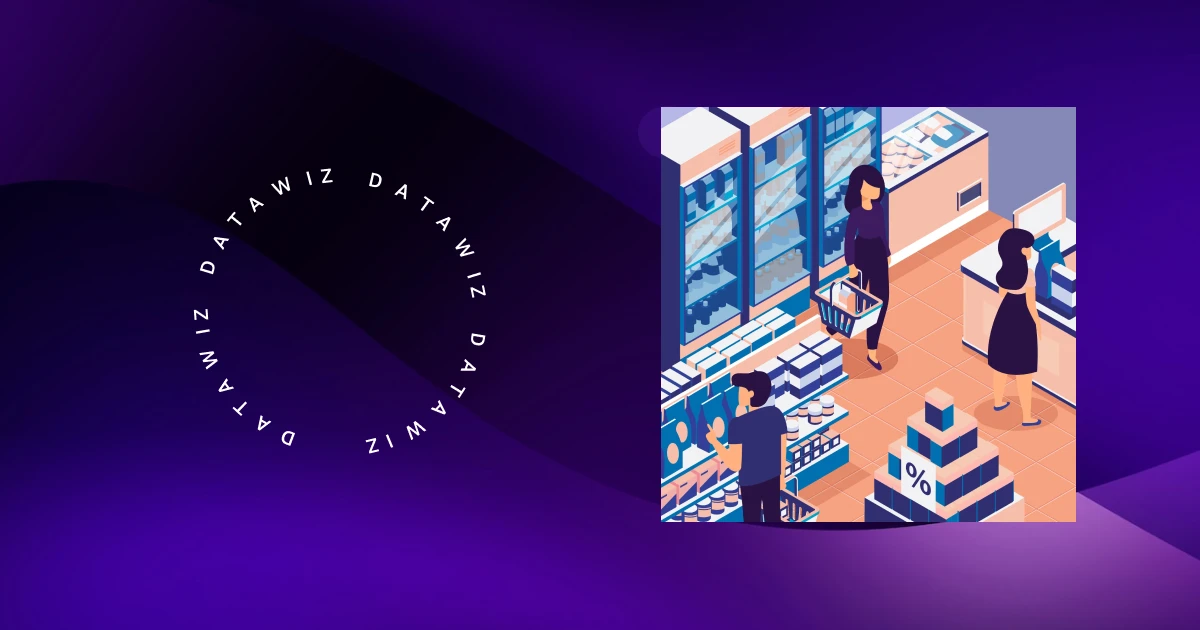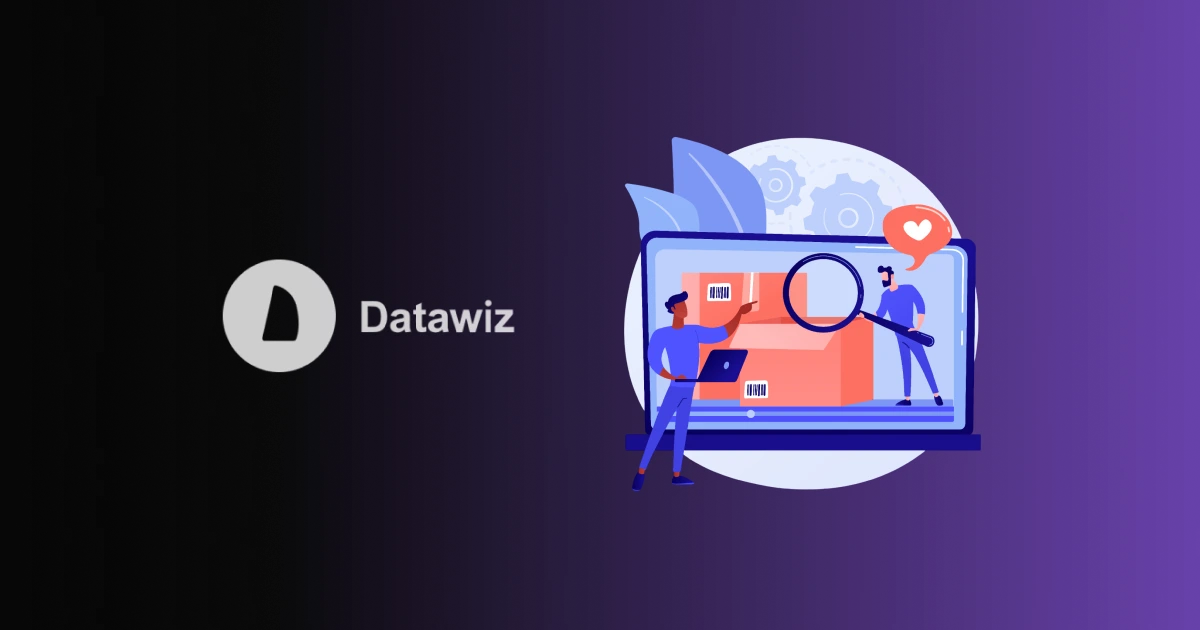How Can Client Base Segmentation Increase Chain Sales Value?
Success in retail depends on the quantity and "quality" of customers. After all, it is they who buy goods and generate sales value and profit for the chain.
How to manage this area? To do this, you need to properly communicate with potential and real buyers, and provide them with what they are looking for and when they need it.
A portrait of the target audience is indispensable here. It will allow us to understand: who our customers are, what they want, and how we can give it.

A universal method for that is customer segmentation. It is a grouping of all real and potential customers according to certain criteria:
- demographic parameters: gender, age, features of professional activity;
- social status;
- locations;
- customer behavior: value and frequency of purchases, shopping cart, etc.
Such segmentation is a necessary component for building customer analytics. It allows not only to study the current state of the customer base but also to form and confirm hypotheses, predict demand and consumer behavior, establish effective interaction with customers and increase the chain's profit.

What challenges does target marketing face today?
❌ Lack of alignment across sales channels. Often there are situations in retail when there are only offers/promotions on the site and completely different information on mailing lists.
❌ Internal competition between online and offline channels. A difficult and unpleasant situation when buyers are "dragged" between distribution channels. This will significantly damage the reputation of the chain and may lead to the loss of customers.
❌ Outdated conclusions. Not updating data significantly reduces the effectiveness of communication with the client. For example, the customer has already purchased the product, and the manager is only sending a message with an offer. The client has already moved from the status of a "sleeping" buyer to an active one, and store employees are still trying to increase their old "average receipt".
❌ Focus is only on the chain needs. Often, the chain assortment is formed based on what the category manager wants to sell and not on what the client is ready to purchase. As a result, the chain does not get the desired interaction with customers and loses sales.

What does segmentation provide to chain management?
The main purpose of segmentation is to get answers to questions:
✅ Why did the clients contact you?
✅ What are their needs and what to offer him?
This will allow chain employees to communicate in the same language with consumers, understand their problems, and develop unique product offerings. This will not only ensure a high level of conversion, but also provide the chain with significant competitive advantages.
Thebenefits that the chain will receive from customer base segmentation:
Relevant product offerings based on actual customer needs and can increase sales by↑10-15%.
Effective targeting advertising is focused on certain groups of customers and minimizes marketing costs by↓20-25%.
Lost sales prevention. Timely delivery of products that will be in high demand in the future will reduce sales losses by up to↓30%.
High conversion of buyers. Competent communication and personalized offers create a positive experience for customers and motivate them to return to the store again and again.
Point pricing policy.Understanding the level of income of buyers, it is easy to develop the optimal product price for both parties. This can increase profits by up to↑15%.
Customer segmentation models
Analysts use different models and approaches in studying the client base.
5W model
The concept of the model is to get answers to five W-questions:
❓ what – what does the chain offer?
❓ who - who is the buyer?
❓ why - why is the product being bought and what problems can it solve?
❓ when - when and in what conditions will the chain be contacted for this product?
❓ where – where does the consumer make the purchase decision?
The responses received to give a general idea of the audience and its main segments. Further, it will be much easier to choose the most successful way of communication and cooperation with customers.
Khramatrix-model
This is a more "advanced" version of the 5W model. In addition to 5 W-questions, it includes the following metrics for segmentation:
- demographic and geographic characteristics;
- description of the behavioral habits of the target audience;
- determining the actions to which customers should be provoked.
LTV
Lifetime value (LTV) - shows how much profit each chain buyer generates. More often, this indicator is studied in the context of customer groups: VIP, standard, and economy.
LTV evaluates a customer's purchasing power, purchase frequency, and loyalty level. Such a model can be effectively used to develop marketing campaigns for various segments.
RFM analysis
RFM analysis involves customer segmentation based on recency (R), frequency (F), and monetary of their purchases (M).
As a result of RFM analysis, you can find: regular customers, "sleeping" and those that the chain may lose soon. With this information, managers can develop personalized actions for each group and improve their level of satisfaction and sales performance.

Efficient and convenient segmentation from the Datawiz team
The success of the chain and its position in the market depends on the correct segmentation of the client base.
For better organization of customer analytics, Datawiz.BI offers a group of Loyalty Program reports. The reporting functionality allows you to:
- group the entire client base according to the required parameters in one place;
- study the buying behavior of individual segments in real-time;
- control the status changing (permanent, "sleeping", lost) of each customer;
- evaluate the effectiveness of marketing activities for each group of customers;
- minimize the time and resources spent to motivate clients;
- increase the main indicators of your store: profit and sales value;
- objectively assess the effectiveness of the marketing department.
Convince yourself of the effectiveness of BES.Datawiz platform tools and scale your business with our experts.
 What's new?
What's new?





 No credit card required
No credit card required